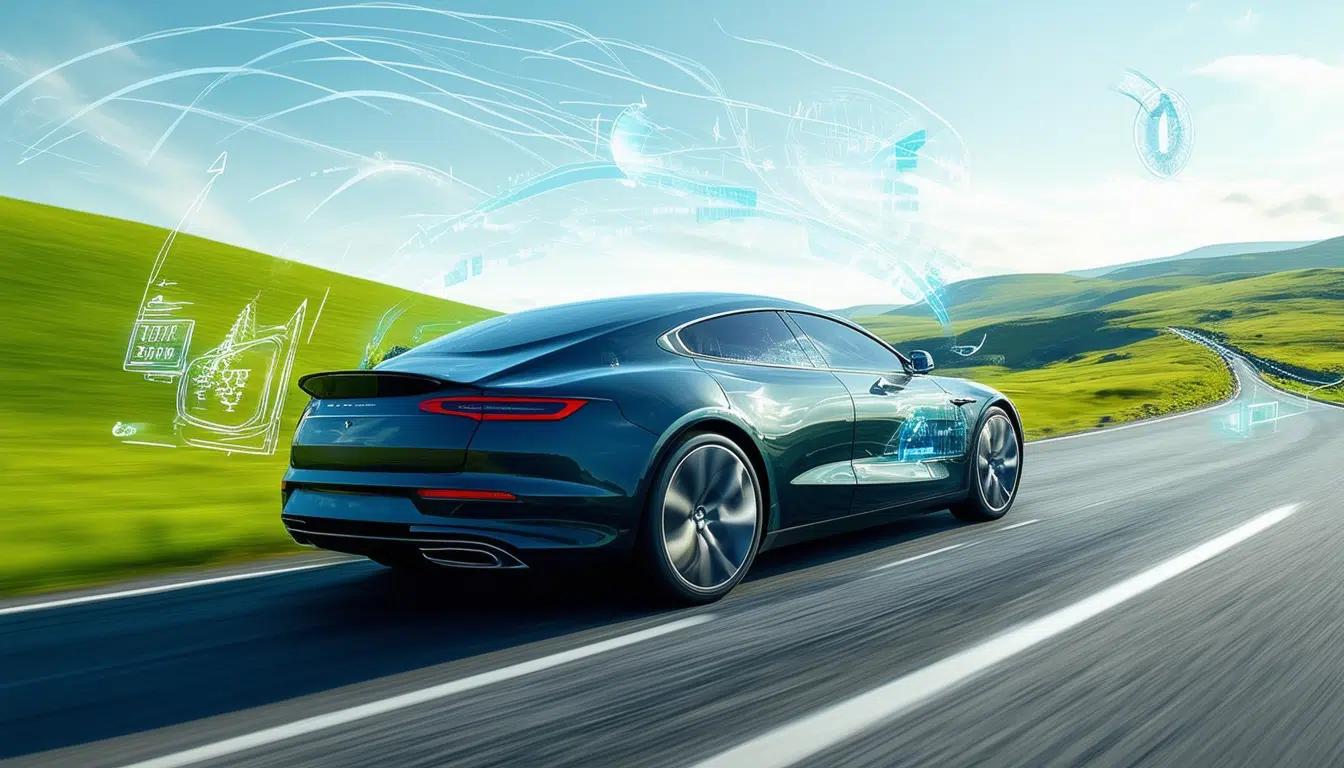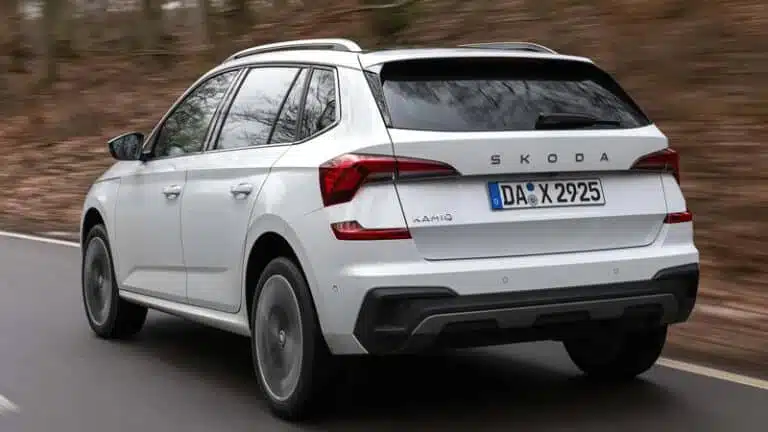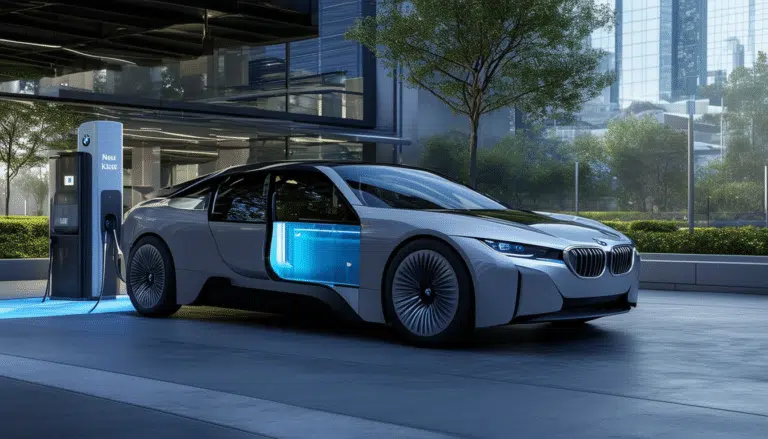Importância da aerodinâmica na redução do consumo de combustível

The aerodynamics play a fundamental role in the efficiency of vehicles, especially regarding the reduction of fuel consumption. When a car moves, it must overcome air resistance, and good aerodynamics optimize this process, allowing the vehicle to move more easily. This not only improves performance and speed but also significantly contributes to lower fuel expenditure and the reduction of harmful emissions. It is essential to understand how design characteristics, such as the shape of the vehicle and elements like bumpers, influence this dynamics to achieve a more efficient and sustainable driving experience.
The aerodynamics play a crucial role in the efficiency of vehicles, especially in terms of reducing fuel consumption. As cars and trucks circulate, they face air resistance, which significantly affects their performance. Optimizing aerodynamics not only improves speed and performance but also decreases fuel expenditure, resulting in a lower environmental impact.
What is aerodynamics and its relevance in the automotive industry?
Aerodynamics is the science that studies how objects move through the air. In the automotive industry, the shape of the vehicle has been meticulously designed to minimize air resistance. An adequate aerodynamic design allows the vehicle to move more easily, reducing the amount of energy needed to maintain speed. This results in a decrease in fuel consumption, as a less burdened engine can provide better efficiency.
Aerodynamic drag and fuel consumption
Aerodynamic drag is one of the main factors that influence fuel savings. At higher speeds, such as on roads or highways, overcoming this drag becomes a vital task. It is estimated that up to 10% of a vehicle’s consumption can be attributed to air resistance. Thus, every improvement in aerodynamics can translate into significant fuel savings.
Strategies to improve the aerodynamics of vehicles
Improving the aerodynamics of a vehicle can be achieved through various strategies. Some of the techniques include:
- Designing lower and elongated body shapes.
- Incorporating fins and other features that direct airflow.
- Reducing the use of protruding elements that disrupt the aerodynamic flow.
- Using advanced technologies in computational simulation to test different shapes and designs.
These measures not only benefit fuel economy, but they also reduce emissions of harmful gases. An engine that works with less effort not only consumes less fuel but also emits less CO₂ and other harmful gases.
Impact of aerodynamics on electromobility
With the emergence of electric vehicles, aerodynamic design remains fundamental. In this context, energy efficiency becomes even more important. Every aspect of the design, from the body shape to the placement of internal components, has been optimized to ensure that air resistance is minimized. For example, an electric model like the Kymco RevoNEX has stood out for its design that favors efficient aerodynamics, maximizing its range.
Conclusions on aerodynamics and its importance
In the current landscape of sustainable mobility, aerodynamics not only represents a field of technical study but also becomes a necessity for the automotive industry. The ability to reduce fuel consumption is a goal that drives innovations and continuous improvements in vehicle design. As a result, more and more manufacturers are adopting practices that favor aerodynamic efficiency, thus contributing to a cleaner and more sustainable future. Innovations such as the new Xiaomi SU7 Ultra and the anticipated Toyota Supra with V8 engine highlight this growing trend.
It is also essential to consider how external factors, such as climatic conditions, can influence fuel consumption. The correct application of aerodynamic principles will enable us to face these challenges more effectively, ensuring that next-generation vehicles are increasingly efficient.
Finally, the evolution of automotive design, as seen in the evolution of Nissan, demonstrates that aerodynamics is not only key in reducing consumption but also in improving overall driver experiences and safety on the road.
The aerodynamics play a fundamental role in the energy efficiency of vehicles. As cars move, they must overcome air resistance, which becomes a significant challenge, especially at high speeds. This phenomenon not only affects the speed and performance of cars but also directly impacts fuel consumption. Optimizing aerodynamics allows a vehicle to move with less effort, which in turn reduces the amount of fuel required to maintain the same speed.
Studies show that each 10% improvement in aerodynamic efficiency can translate to fuel savings of up to 5%. This percentage, while it may seem small, represents a significant reduction in long-term expenses as well as in CO₂ and other harmful gas emissions. An engine that operates more efficiently not only consumes less but also contributes to environmental preservation.
Furthermore, the shape of the vehicle and the design of its components, such as bumpers and mirrors, can considerably influence its aerodynamic performance. As the automotive industry moves towards electromobility, the importance of aerodynamics becomes even more crucial, as these vehicles also face challenges related to air resistance during their operation.
In summary, aerodynamics is not only a technical aspect of automotive design but a key strategy in the pursuit of more efficient and sustainable vehicles. As vehicles become more aerodynamic, a door opens to a future where energy savings and sustainability become the norm instead of the exception.




